Tagged: Damaru, Drum, Folklore, Importance, Lingam, lord shiva, Nada, Panini, rhythm, Sanatan Dharm, Sound, trident, Yoni
- This topic has 0 replies, 1 voice, and was last updated by .
-
AuthorPosts
-
December 11, 2023 at 4:41 pm #1627Up::2
You may have noticed a damaru (Drum) tied to a trident when you visited a Shiva temple. But have you ever wondered what this tiny piece of wood truly signifies? Damaru plays a vital role in Puranas and is marked as one of the essential musical instruments of Bhagwan Shiva’s iconography.
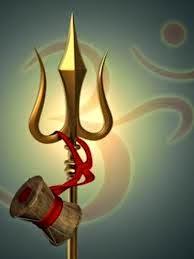
Introduction
In Sanathan Dharma, Shiva devotees believed Lord Shiva played the Divine Damaru. The first sound generated was that of Nada. This sound created a void of nothingness. Lord Shiva began dancing (tandava) to the rhythm of Damaru. Ultimately, the universe came into existence through his dance.
Divine Construction
Damaru is a hollow, tiny, hourglass-shaped drum. The exact origin of the Damaru still needs to be determined. The magnificent sculptures of Lord Shiva holding a Damaru have been dated around 10th-century C.E.
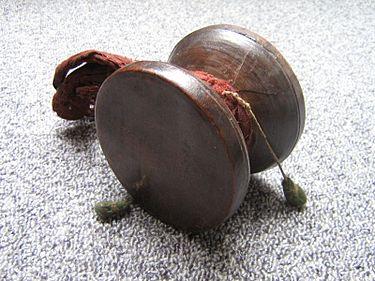
This fabulous creation, Damaru, is carved out of a rigid piece of black wood with skinheads covering the opening. Moreover, a bit of string with small pellets is tied to the waist of the Damaru. Lord Shiva is seen holding the core of the Damaru in one hand. Thereby, rotating the wrist to make the ends of the string hit the skinheads creates a reverberating sound.Magnificent symbolism of its shape
When you notice the top of the damaru, it demonstrates male creativity (Lingam) of proliferation. In contrast, the bottom side depicts a unique female creativity (Yoni) of accumulation.
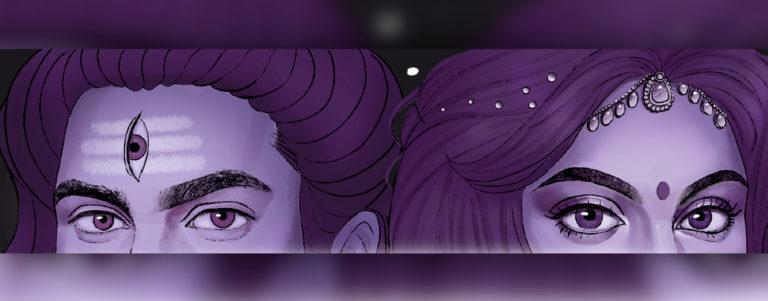
The world’s creation began as the lingam and the yoni met at the middle point of the Damaru. At the same time, the destruction arises when they get separated. Even with a detailed look at the shape, you can see how it expands at the ends and collapses in the middle.
Legends associated with the sound of the Damaru
Sanathan Dharma represents various physiological and spiritual ideologies surrounding the importance of Damaru. One such philosophy is how the sound made by Lord Shiva’s Damaru was passed on to his son, Lord Ganesha, who was a famous pakawai player. Lord Shiva later added more melodic music to it.
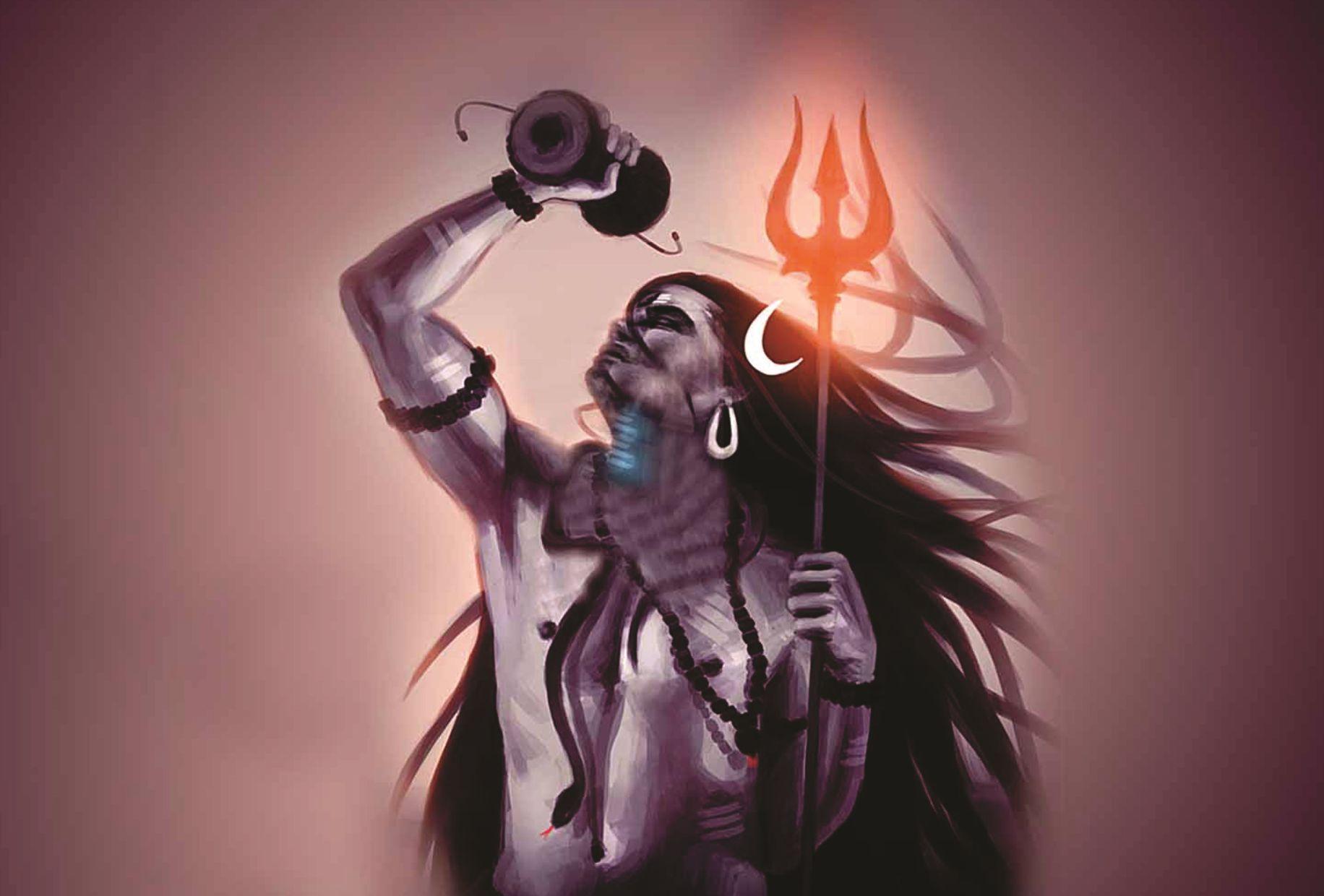
Another legend suggests how the sound also represents the power of the rhythm of the heartbeat. If you look at your heartbeat, it is not a straight line but a combination of rhythm that goes up and down. Likewise, the entire universe is nothing but rhythm going up and down. A mixture of energies rising and collapsing to form rhythms.As per another crucial legend, the beats also indicate the words of Vedas. Naga Sadhus and other saints who worship Shaivism. As they live in the jungles, they carry a trident with the damaru. Thus producing the Damaru sound during worship and while seeking alms.
Beautiful Language of Damaru
Panini, the most excellent Sanskrit grammarian, was a great devotee of Lord Shiva. Once, he started his penance and was in the most intense stages of trance. Impressed by his devotion, Lord Shiva appeared before him, but Panini was in deep meditation and could not understand. Later, Lord Shiva played his damaru and, with its sound Panini, woke up from his penance and sought the deity’s blessings.
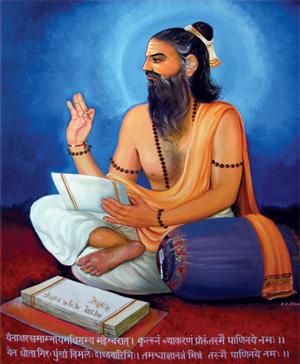
It is said that the sound of the Damaru was so sharp that it invoked his subconscious mind. The sound kept resonating in his ears. Thus, Panini formulated the rules of Sanskrit grammar, the morphology of fourteen verses, and syntax. Panini’s work was encrypted in a book called ‘Maheshwari Sutrani.’
नृत्तावसाने नटराजराजो ननाद ढक्कां नवपञ्चवारम्। उद्धर्त्तुकामो सनकादिसिद्धादिनेतद्विमर्शे शिवसूत्रजालम्
Meaning:- At the end of His Cosmic Dance, Shiva, the Lord of Dance, with a view to bless the sage Panini and so on, played on His Damaru fourteen times. From this emerged the following fourteen Sutras, known as Shiva Sutras or Maheshwara Sutras.
Today, this great work of the Sage Panini is one of the most significant Vedic texts on Linguistics.
Amazing Folklore
Apart from all the legends and symbolism of playing a Damaru, the story lies deep within the farmers’ land. One day, Lord Indra, agitated by them, cursed them by deciding not to shower rain on their land for 14 years. He told the farmers that the ground would rain only when Lord Shiva played his Damaru. Simultaneously, he went to lord Shiva and promised him not to play Damaru for 14 years. Lord Shiva, known for his innocence, immediately agreed to it.
Years passed by, and all the farmers stopped ploughing their fields. But one farmer kept yielding his field and sowing seeds. When Goddess Parvati disguised herself as a human, she asked him why. The farmer replied he was doing this as he would need to remember his talent for farming and cultivating crops when it would rain after 14 years. Impressed by the farmer’s wit, Goddess Parvati immediately went to lord Shiva and asked him to play his damaru as he would forget his musical skills.
Worried about the same, Lord Shiva directly played his Damaru, and it started raining. This way, Lord Indra’s promise was also adhered to, and the rain was bestowed upon villagers.
Conclusion
The sound of Lord Shiva’s Damaru is very captivating. It epitomises a symbol of recreation, enjoyment, infinity, and energy. Altogether, just one wave (Adviata) portrays the universe’s non-dual nature. Understanding the symbolism and acoustic properties of the Damaru itself contributes to a more profound appreciation for religious practices, artistic expressions, and spiritual awakening.
- This topic was modified 2 years ago by .
- This topic was modified 2 years ago by .
- This topic was modified 2 years ago by .
- This topic was modified 1 year ago by .
-
AuthorPosts
- You must be logged in to reply to this topic.